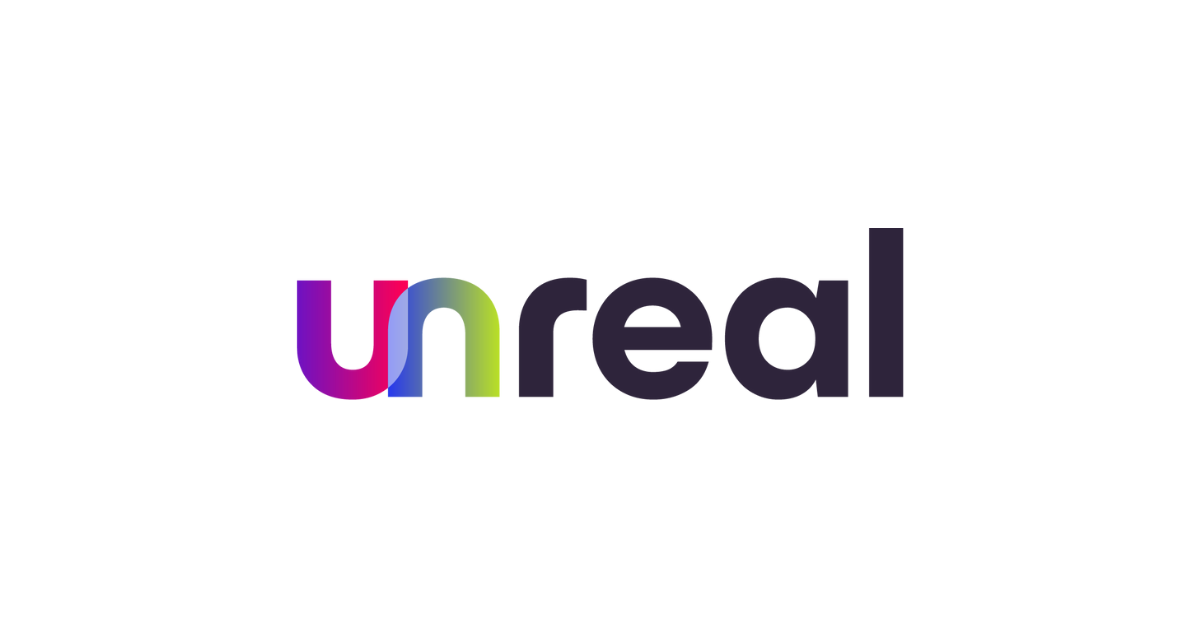How to Write Better AI Prompts as a B2B Marketer
AI is changing the way B2B marketers work — fast.
Whether you’re writing blog posts, generating ad copy, summarizing dashboards, brainstorming campaign ideas or building sales sequences, chances are you’ve already turned to tools like ChatGPT, Claude or Gemini to help you move faster.
But if you’ve ever gotten a “meh” response instead of a “nailed it,” you know the difference usually comes down to one thing: the prompt.
Prompting isn’t just about getting something out of your AI tools. It’s about getting the right thing.
That’s why mastering the art of the prompt is quickly becoming a must-have skill for marketers — at every stage. Whether you’re planning campaigns, drafting ad copy, creating long-form content, building sales enablement assets or summarizing performance reports, strong prompts lead to stronger results.
This guide will show you how to write better prompts that lead to better output — clearer content, stronger ideas, smarter insights and fewer hours spent fighting with the blank page.
Does Prompting Matter for AI in B2B Marketing?
In simple terms, a “prompt” is what you type into an AI tool to get it to do something. But in practice, it’s more like a creative brief — a short, specific set of instructions that guide your AI collaborator.
The better your brief, the better the work. If your prompt is too vague, too broad or missing context, your output will be too.
On the flip side, well-crafted prompts can help you:
- Write faster, sharper content
- Generate stronger creative ideas
- Turn messy data into clear takeaways
- Personalize messaging at scale
- Move from “blank page” to publish-ready in record time
Think about it like search: if you type something generic into Google, you’ll get generic results. But if you ask a specific question — with the right keywords, context or intent — you’re far more likely to get what you actually need. Prompting AI works the same way.
If you're not getting the output you want, it's not because the tool isn’t powerful — it’s because your instructions weren’t clear enough. A better prompt = a better result. Every time.
How to Get Better Content Written By AI
Want better answers from your AI tools? Start with better inputs.
These core prompting techniques apply across all major AI platforms — including ChatGPT, Gemini and others — and will help B2B marketers generate more accurate, useful and on-brand outputs.
Whether you're writing long-form content, creating sales emails, summarizing reports or exploring data insights, these strategies will help you get more value from every prompt.
1. Be Specific
The more focused your ask, the better the result.
Instead of:
“Write a blog post about cloud security”
Try:
“Write a 600-word blog post for CISOs at enterprise tech companies that explains why multi-cloud strategies require new security protocols. Use a confident, consultative tone.”
Specificity helps the model understand your audience, the point of view, and the format — reducing irrelevant or surface-level output.
2. Add Context
AI tools work best when they understand the “why” behind your ask.
Include details like:
- Target audience (job title, industry, company size)
- Objective (educate, convert, persuade, entertain)
- Tone or voice (casual, professional, bold, neutral)
- Format (bullets, paragraphs, table, list, email, social post)
- Constraints (word count, reading level, platforms)
Example:
“Write a LinkedIn post for a Director of Demand Gen at a SaaS company, promoting a downloadable guide. Use a direct, relatable tone and include a CTA to download without sounding too salesy.”
3. Break It Down
Large or complex tasks can overwhelm AI models or lead to bloated results. Break your ask into manageable steps.
Step-by-step prompting works better.
Start with:
“Give me an outline for a webinar on [topic].”
Then follow up with:
“Now write a 100-word intro for section one in an engaging, expert voice.”
This makes the model’s output cleaner, more structured and easier to refine.
4. Use Examples
When you're trying to match a voice, style or format, examples go a long way.
- Reference past work
- Provide brand voice guidelines
- Say “Write in the style of [brand, publication or person]”
- Or drop in a paragraph and say “Match this tone”
Example Prompt:
“Write an email like this one [insert sample] but update it for a new campaign about [topic]. Keep the tone snappy and smart — like the original.”
5. Refine in Real Time
Prompting is not a one-and-done task. Think of it as a back-and-forth collaboration. If your first result is off, guide the model:
- “Can you make this shorter?”
- “Add a sense of urgency”
- “Write this in a Q&A format”
- “Change the tone to sound more friendly but still professional”
Iterating is what separates generic outputs from great ones — and the more you practice, the better your results will be.
💡Pro tip for SEO and AI optimization: Prompt outputs that are structured, clear and well-contextualized are more likely to surface in AI-powered search engines. Using headings, bullet points and natural language helps these tools crawl, summarize and recommend your content more effectively.
Prompt Templates for B2B Marketers
Ready to put prompting into action? These plug-and-play templates are built for real B2B workflows — from campaign planning to reporting. Copy, paste and customize for your audience, channel and goals.
Each one is designed to work across major AI platforms and includes the kind of detail that leads to high-quality output.
Content Marketing Prompt
Write a [length] blog post for [job title] at a [company type or industry] about [topic]. Use a [tone/style] voice. Include an intro that hooks the reader, 2–3 subheads that organize key points and a clear CTA at the end that drives [desired action].
Ad Copy or Email Prompt
Create 2 versions of [short/long] ad copy promoting [product/service] to [target persona]. Highlight [key differentiators or benefits] and include a CTA that encourages [conversion goal].
Analytics & Reporting Prompt
Summarize this [report type] for a [stakeholder role]. Focus on key takeaways, performance trends and 1–2 clear recommendations. Keep the tone professional and human — no jargon.
Persona or Strategy Prompt
Build a persona for a [job title] at a [company size/type] responsible for [primary goal or KPI]. Include pain points, motivators, decision-making behavior and preferred content formats or channels.
Common Prompting Mistakes (And How to Fix Them)
If you’re getting lackluster output, you might be making one of these common mistakes:
|
Mistake |
What Happens |
Quick Fix |
|
Too vague |
Generic or unhelpful responses |
Be more specific about what you want |
|
No context |
The tone or format feels off |
Add audience, format, voice, use case |
|
Asking for too much |
The model gets overwhelmed or rambles |
Break it into smaller parts |
|
No examples |
Style doesn’t match your expectations |
Provide a sample or reference |
|
No follow-ups |
You miss out on improvements |
Keep refining or ask “can you improve this?” |
How To Get Better At Prompting
Just like writing or presenting, prompting is a skill you can build with practice — here are a few quick tips to keep improving:
- Save your best prompts to reuse or adapt
- Create a shared prompt library for your team
- Compare outputs across tools to see what works best
- Treat every prompt like a test: experiment, iterate, refine
Your AI Tools Are Only As Good As Your Prompts
AI won’t replace B2B marketers — but marketers who know how to prompt well will absolutely outperform those who don’t.
Prompting isn’t a technical skill. It’s a creative one. And just like writing a great headline or campaign brief, it takes clarity, curiosity and practice.
Start small. Test often. And the next time you open ChatGPT, don’t just type a question. Write a prompt that works.
Ready to Turn AI Into a Competitive Advantage?
We’re helping B2B brands do more than just experiment with AI — we’re making it work. From content built to perform in AI search to smarter workflows that speed up production without losing strategy, Unreal helps you move fast and stay sharp.
📥 Grab our AI Playbook for B2B Marketers for real-world use cases, prompt templates and tips to get started — or let’s chat about how Unreal can help you train your team, build AI-ready content and drive performance across your funnel.


